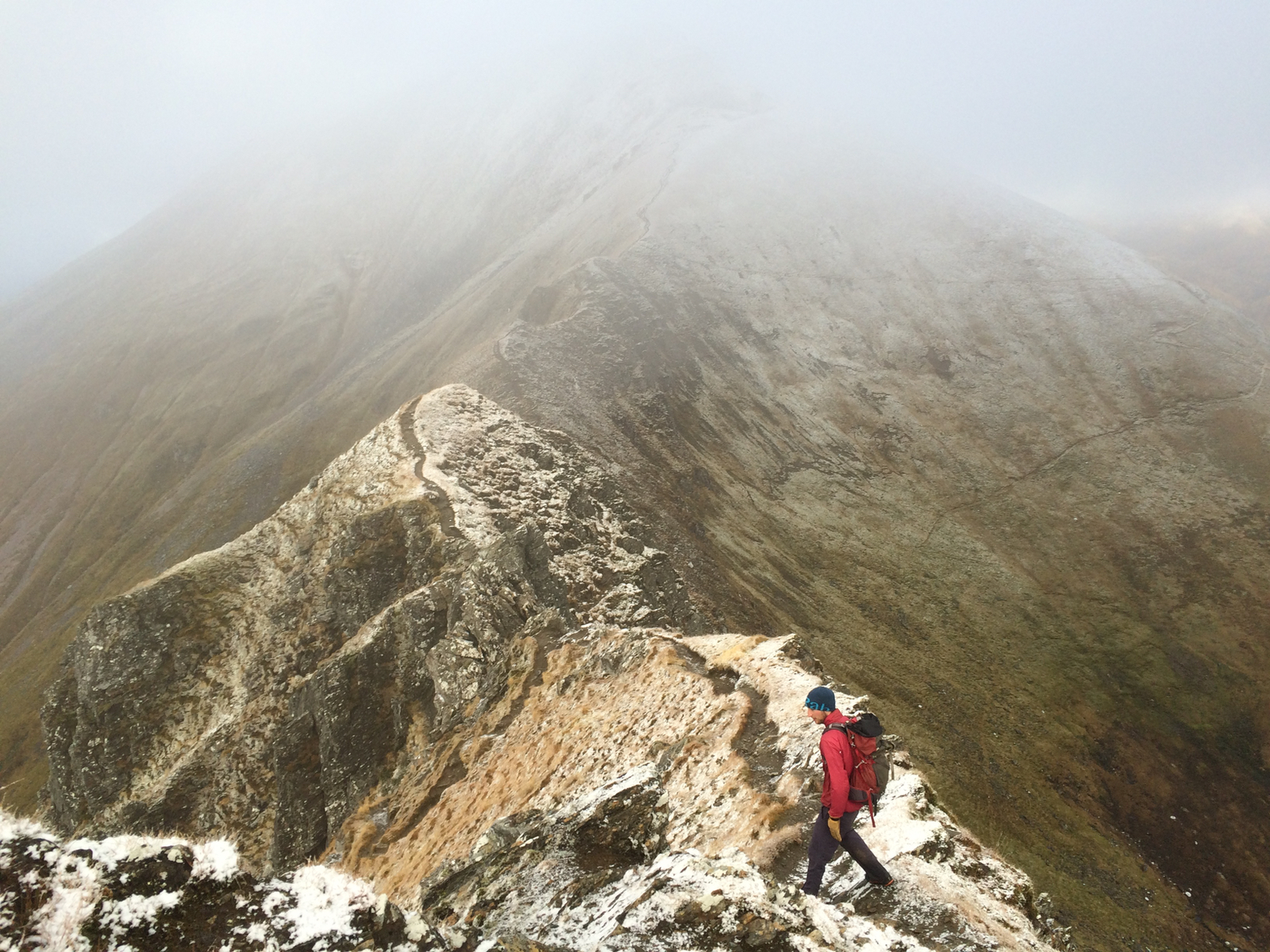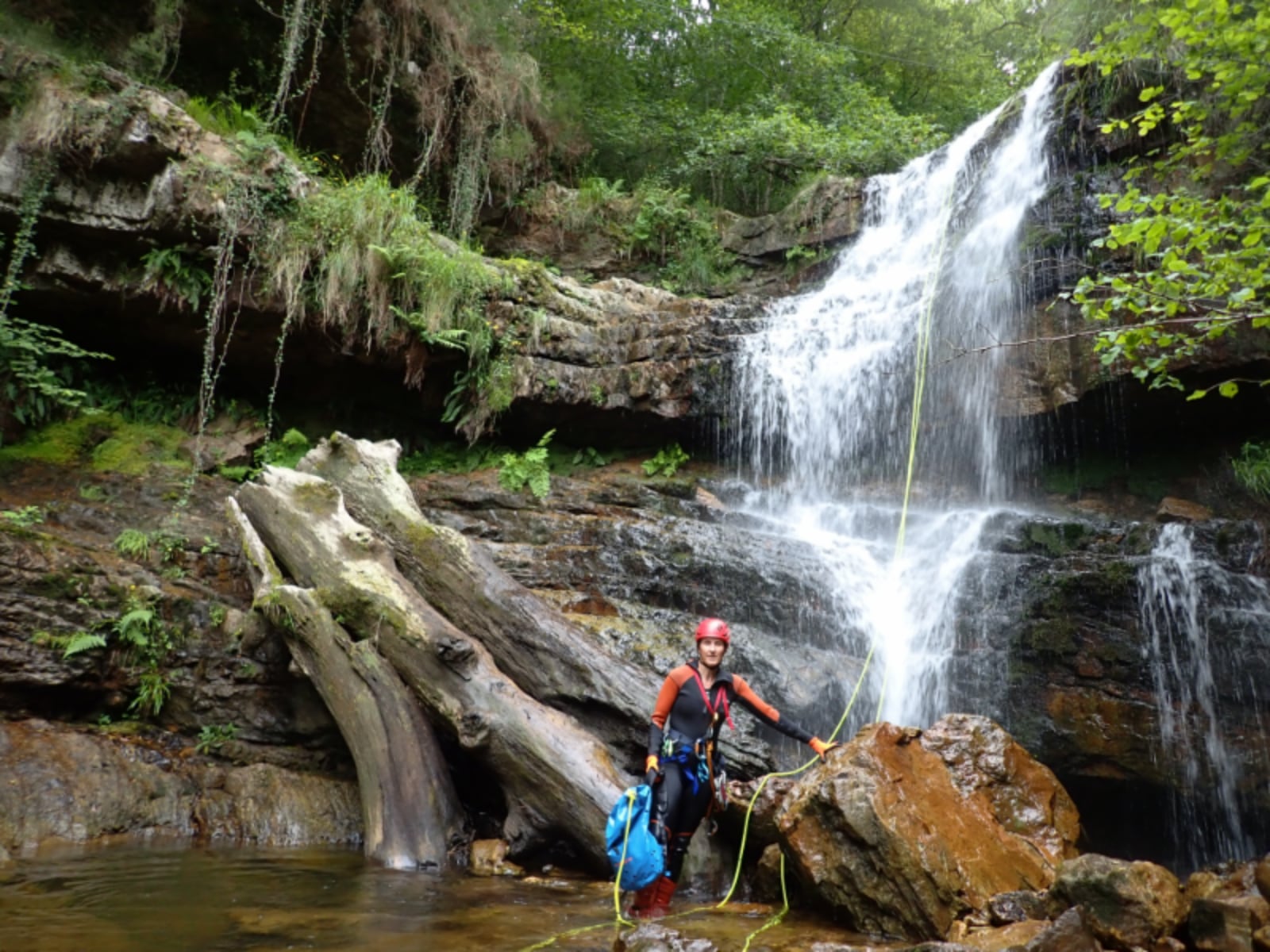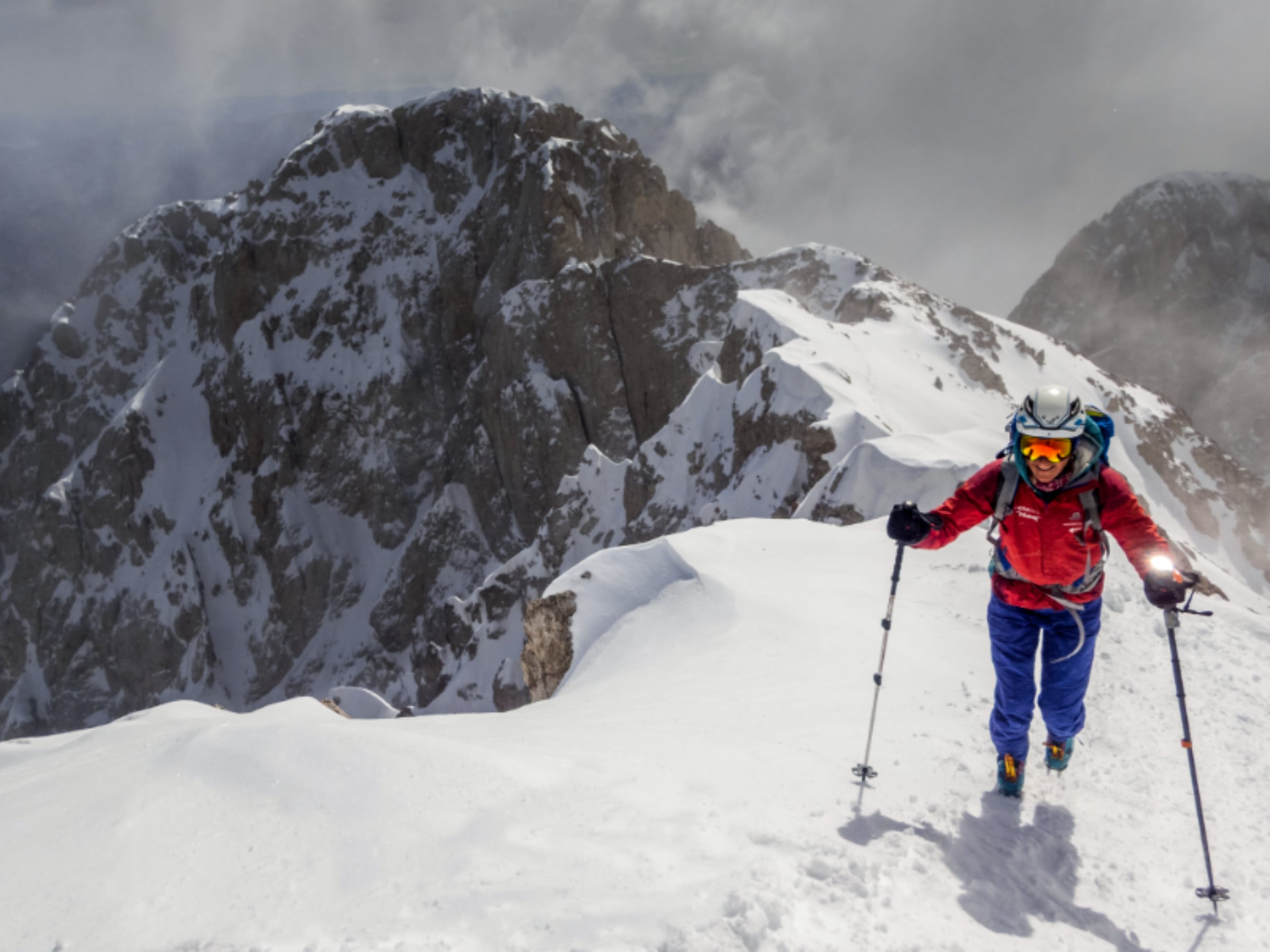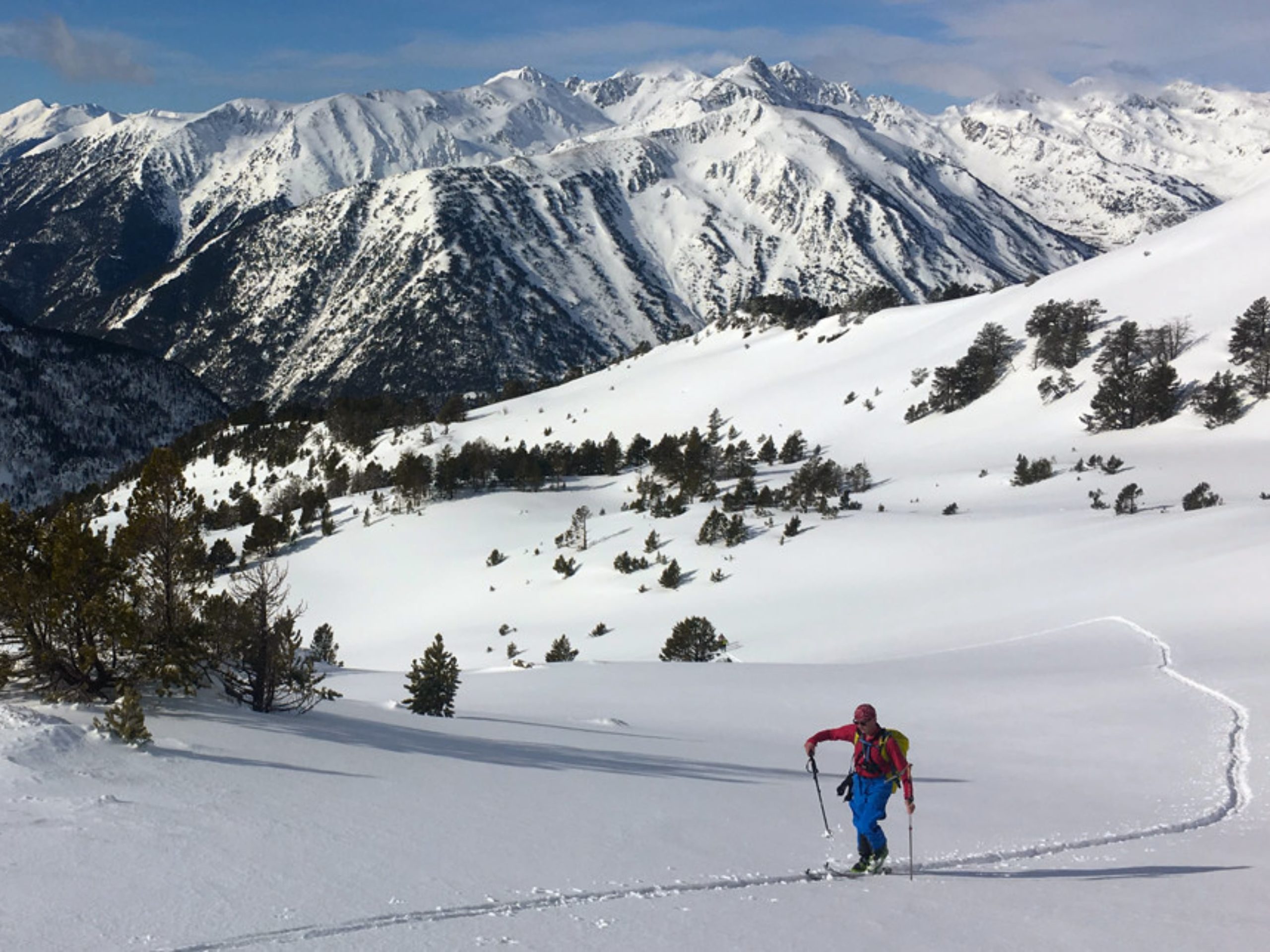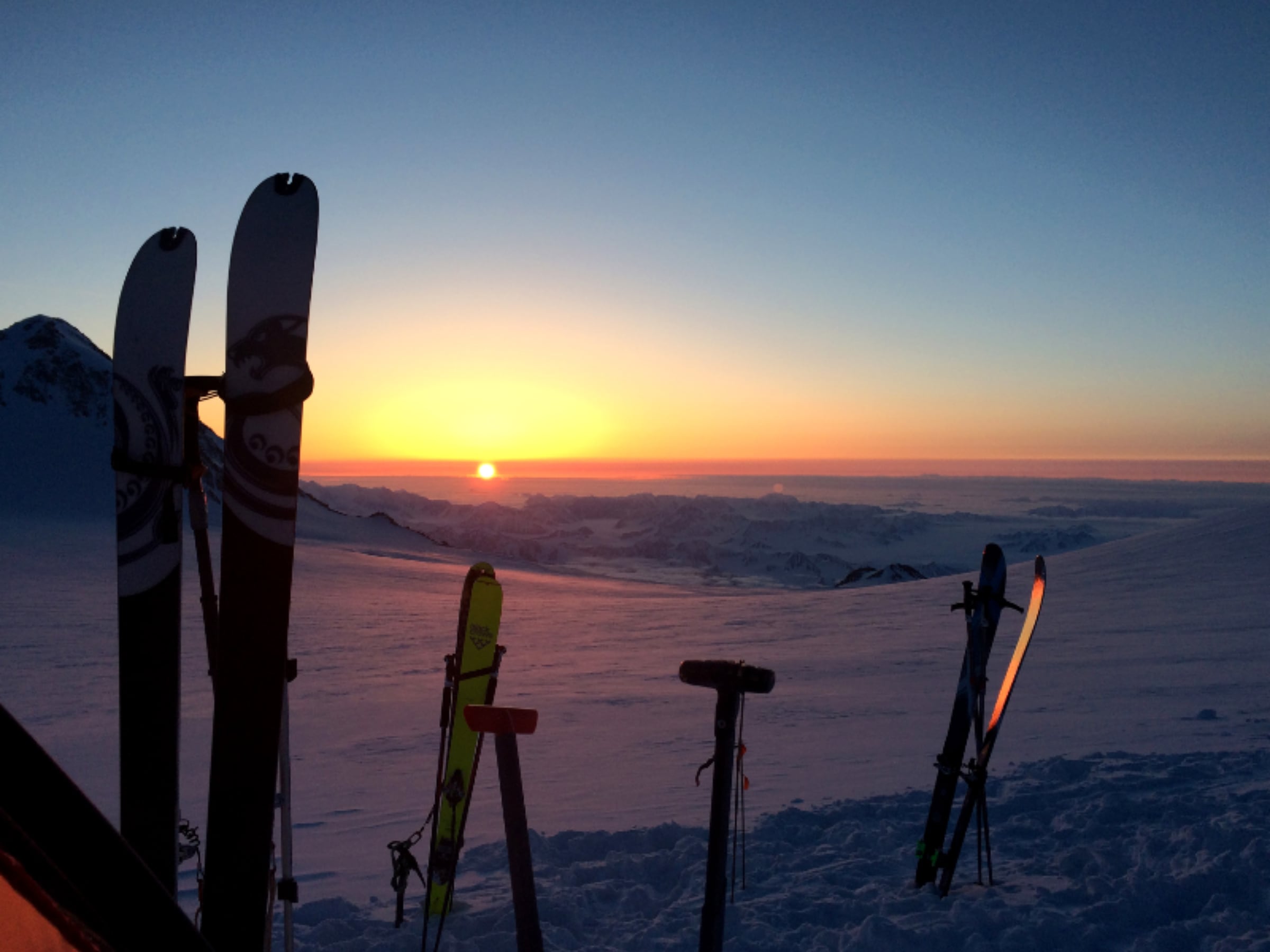Is it right to demand that everyone have access to all of the great outdoors?
I am often asked how I feel about the photographs of queues on Everest. The truth is that I feel deeply ambivalent, torn between encouraging people to engage with the wilderness, as I have for much of my adult life, and regretting the growing crowds of under-skilled outdoors enthusiasts, damaging the land they claim to love.
How do we bring as many people as possible into the world of the wilderness, while respecting the risks and the remoteness of the wild and the limited carrying capacity of the land? This is the question that every advocate for greater access to the outdoors must grapple with.
Why we want to bring everyone out into the wilderness is easier to answer. Those of us who have been privileged to spend periods of our life out there have found that it changes us for the better. It demands collaboration and resilience, and in the process builds self reliance and confidence. We know that bringing wilderness experiences to children enriches their lives in the moment and allows them to return there in the future. The toolkit has been embedded, available to them for a lifetime.
In the world at large, the tide is flowing relentlessly towards urban living. Pushing back against that, outdoor access across the globe is improving, with many more places now increasingly accessible to a much bigger group of people. But this progress comes with two big caveats, the in-your-face gatekeeper of the financial cost of access and the more harder-to-pin-down price of climate and environmental damage.
Adventure is relentlessly packaged as a long-haul aeroplane flight to join an expensive guided trip to an Instagram-worthy exotic ‘challenge’. The risks are dumbed down, the price is pushed sky-high and the participants buy the experience the same way they shop for consumer goods. This model neither respects the environment nor develops the self-reliance of the adventurers.
While the public ridicules the photographs of queues of wealthy clients high on Everest, those same queues exist in most outdoor locations made famous by social media, films or television. The crowds damage the land and frighten away the wildlife. It could be argued that we should protect wild places by discouraging humans from leaving their urban environment.
What can we do for good in this complicated situation? We can fight for access to be improved and costs to be lowered in all areas where this can be done without further environmental damage. We can promote wilderness experience as an essential part of childhood and young adult education. And we can enthusiastically champion the dreams and aspirations of all those drawn to outdoor objectives.
However, we also need to acknowledge that not every remote area can be made accessible to every person without destroying that which makes it wild, and not every landscape can sustain thousands of enthusiastic humans. We also now know that the climate cannot withstand our insatiable appetite for travel for work, holiday and adventure.
Here too we can make a difference. We can campaign for more outdoor space close to the cities we live in. We can support the micro-adventure, valuing the outdoor weekend in our own neighbourhood and the wilderness adventure in our own country. We can promote the wild world as a place that is challenging to access, requiring planning and responsible risk management. And we can encourage the deliberate acquisition of skills and experience so that people can plan and management their own adventures.
The wild places of the world are an astonishing gift from our planet to our species, a gift that we are destroying all too quickly, whether by indifference or unthinking enthusiasm. We need to walk a knife edge to find the best possible outcome.
A version of this post originally appeared in the British Exploring Society newsletter.


